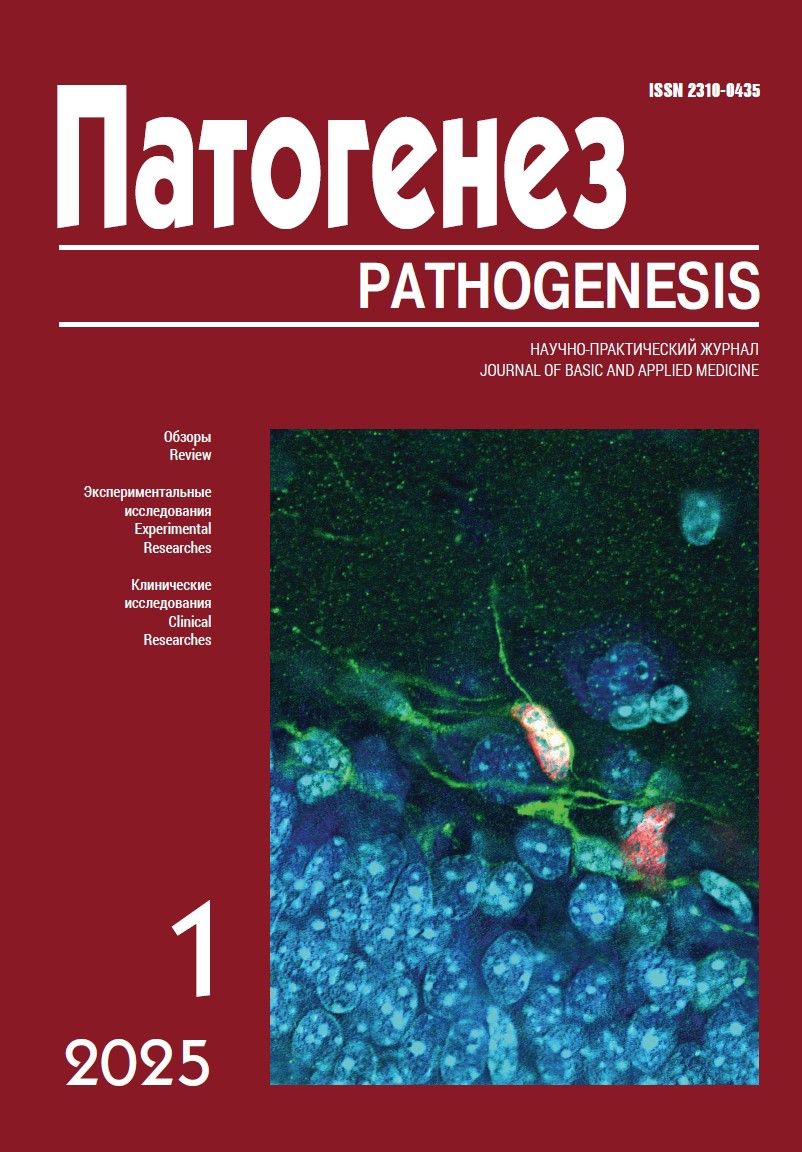Experimentally revealed and predicted components of hypoxic preconditioning neural networks
Abstract
Hypoxic stress is an important pathogenetic factor in various diseases of organs and tissues. Hypoxic preconditioning is one of the non-drug protective methods. The leading regulatory system of the body in protection against negative influences is the central nervous system, which implements its functions through neural networks. However, the network mechanisms of hypoxic preconditioning are practically not studied. The paper presents data on the identification of components of neuronal hypoxic networks based on both our experimental investigation of components of the central cholinergic system involved in the preconditioning mechanisms of single moderate hypobaric hypoxia (HBH), and on the basis of studies by other authors. Experimental investigations were performed using an original predictor of hypoxic preconditioning efficiency. The prediction is based on the correlation between the preconditioning efficiency of HBH and the magnitude of prestimulus inhibition (PPI) in the behavioral model of the acoustic Startle Reaction. It was shown that the mechanism of HBH involves cholinergic systems of the hippocampus, cerebral cortex and caudal brainstem, the contribution of which differed significantly in rats with PPI values less than and greater than 40%. Analysis of our data also allowed us to predict the inclusion of other mediator systems in the preconditioning mechanisms of HBH, which is the subject of this review.




